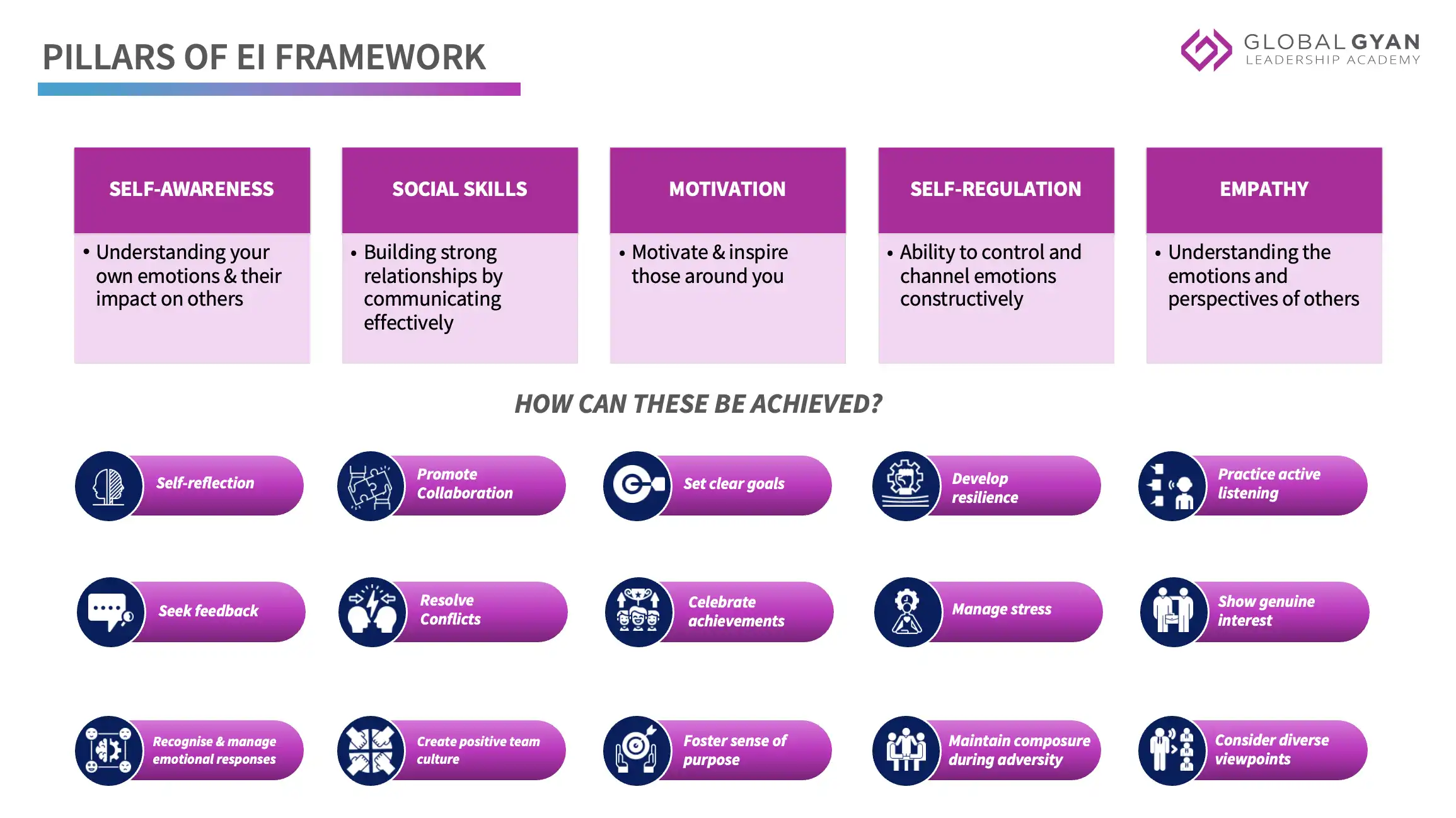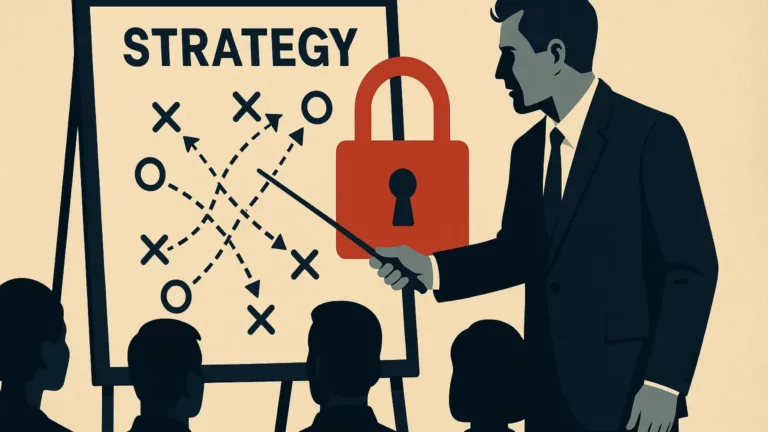How can New Managers Balance Authority with Approachability?


Devesh had recently donned the managerial hat, supervising a chemical factory in a remote village of Gujarat. He had shifted base from Mumbai with his family in tow, who were all looking forward a new beginning. Devesh had heard great things about the factory from its previous operations manager and his long-time friend, but he didn’t know anyone personally on site.
The first six months were like a dream for Devesh. He got along with his team members (and plant engineers), 15 in total, fabulously. He had learned from his team members a few days into the new role that their previous manager (Devesh’s long-time friend) had likewise spoken highly of him in a bid to prepare them for the change. Devesh was elated with this information—it helped him bond with his team better.
Collaborating closely with his team, Devesh designed a novel shift-based system to increase the factory’s overall productivity. He assigned seven people to the morning shift and seven to the night shift, while one other person and he himself covered the afternoons when the workload was the least. On one such afternoon, Devesh arrived at the usual time but couldn’t find Jatin, his team member on site. He began dialling Jatin’s number frantically, finally getting through at the sixth attempt.
“Sorry boss,” Jatin said on the other side of the line, “I’m unable to make it to my shift. My three-month-old is giving lot of trouble to my wife, who hasn’t had a good night’s rest since he was born!” Keeping his cool, Devesh asked Jatin to take care and disconnected the call, going about the rest of the shift alone. The next day, and many days that followed, Jatin continued to be a no-show. On the fourth day, he even stopped answering Devesh’s calls.
Devesh was particularly disturbed by these events. Jatin and he had developed a good rapport through being first-time dads. They would share tips and tricks on how to deal with new-age infants and their incessant demands. And therefore, Devesh felt blindsided by Jatin’s duplicitous behaviour. But he was unsure how to approach the situation.
While Devesh was able to manage the afternoon shift by himself, he lived in constant fear of someone from the morning or night shift pulling a similar stunt—how would he deal with them? Moreover, Devesh had to set a precedent with this case for the rest of his tenure as the manager of the factory. He had to report to his bosses who would be less understanding of his distress than he was of his team. But what could he really do?
As a first-time manager, do you identify with Devesh? Are you someone who wants to create a good impression with your team members, lend an empathetic shoulder every now and again, laugh with them at innocuous jokes, but are also afraid of being taken for granted?
In this article, we will cover:
In the corporate world, the line between authority and approachability is thin and faint, relying far more on implicit etiquettes than extensive guides. However, there are ways to ensure that the line is drawn at all times. Let’s review three strategies for achieving this balance.
1. Situational Leadership Model
As a new manager, understanding the nuances of the Situational Leadership Model is crucial. Developed by Paul Hersey and Ken Blanchard in 1969, this model subverted the “one size fits all” construct, suggesting instead that, in order to be an effective leader, you need to adapt your style to the varying levels of competence and maturity or commitment in your team.
54 percent of leaders use only one leadership style, regardless of the situation, which means that 50 percent of the time, leaders are using the wrong leadership style to meet the needs of their people.
– Ken Blanchard
The former US Secretary of State, Colin Powell, is a self-proclaimed situational leader, saying, “I am a situational leader, and I adjust my style, within limits, to the strengths and weaknesses of my subordinates”.
The Situational Leadership model classifies individuals into four distinct categories:
- D1: Low competence, High commitment
- D2: Low to Moderate competence, Low commitment
- D3: Moderate to High competence, Variable commitment
- D4: High competence, High commitment
Take a minute to group your team members into these buckets and then mould the way you deal with each group. For instance, a team member in the D1 category may need clear directions from you and close supervision of their work. Conversely, a team member in the D4 category would respond better to delegation and empowerment.

2. Communication Styles in Leadership
Each leadership style in the Situational Leadership Model is accompanied with a distinct communication style. For new managers looking to build trust and credibility, tailor the way you communicate with members of your team based on pertinent scenarios.
- Directing Style: Imagine a new recruit, Sarita, has recently joined your team. Her skills are limited to bookish knowledge and a few months of corporate experience. In short, her skills and commitment are not completely aligned with your team’s standards. She often looks to you for hand-holding and entrusts you with all of the decision-making. To deal effectively with Sarita, you need to adopt a directing communication style. This involves giving explicit instructions, setting expectations and providing feedback as frequently as possible. Make sure to temper your assertiveness with empathy as a means to provide additional support to such team members.
- Coaching Style: A few months into the job, Sarita has graduated from a new recruit to a full-time employee. She doesn’t need as much supervision but still remains cautious about sharing her ideas and perspectives, fearing adverse reaction from her boss and peers. During such times, assuming the role of a coach is beneficial. This involves becoming more collaborative in your approach, guiding folks like Sarita through challenges and fostering a sense of shared responsibility. An optimal blend of assertiveness and empathy at this stage will ensure that such team members continue to grow in their roles.
- Supporting Style: Look around in your team and spot those who showcase moderate to high competence but lack 100% commitment; adopt a supporting communication style with them. What does this entail? It requires you to act as a facilitator to these team members, providing encouragement and resources whilst allowing some autonomy. Take note here: balancing assertiveness and empathy becomes pivotal for maintaining a positive team dynamic.
- Delegating Style: You’ve hit the jackpot in this segment, where team members exhibit high competence and commitment. The delegation style, which you need to incorporate in such cases, requires least amount of intervention from you – instead, empower your team members to take ownership of tasks and projects whilst communicating clearly & demonstrating trust and support.
Remember, it’s all about striking a balance between communication and collaboration to bolster your own credibility.
3. Emotional Intelligence Framework
As new managers, you deal with people on a daily basis. They may not all be the same in the way they respond to your authority and show respect. Some, maybe most, may not even be straightforward to deal with. What do you do then? The answer is simple and ancient – develop a high emotional intelligence (EI).
The most effective leaders are all alike in one crucial way: They all have a high degree of what has come to be known as emotional intelligence. It’s not that IQ and technical skills are irrelevant. They do matter, but…they are the entry-level requirements for executive positions.
– Daniel Goleman
On the managerial path, technical skills can only take you so far. In fact, according to a CareerBuilder survey, 71% of employers value EI over technical skills (IQ) when recruiting for executive positions. This essentially means that new managers must prioritise developing their emotional intelligence to manage teams efficiently. The EI framework, comprising of self-awareness, self-regulation, empathy, motivation and social skills, provides a roadmap for cultivating emotional intelligence.

In summary, adaptability is key for first-time managers. Your leadership approach should complement your team’s dynamics whilst accommodating an evolving business environment. Although a tightrope to traverse, striking a balance between authority and approachability can help managers transform challenges into opportunities and teams into thriving communities.






Responses